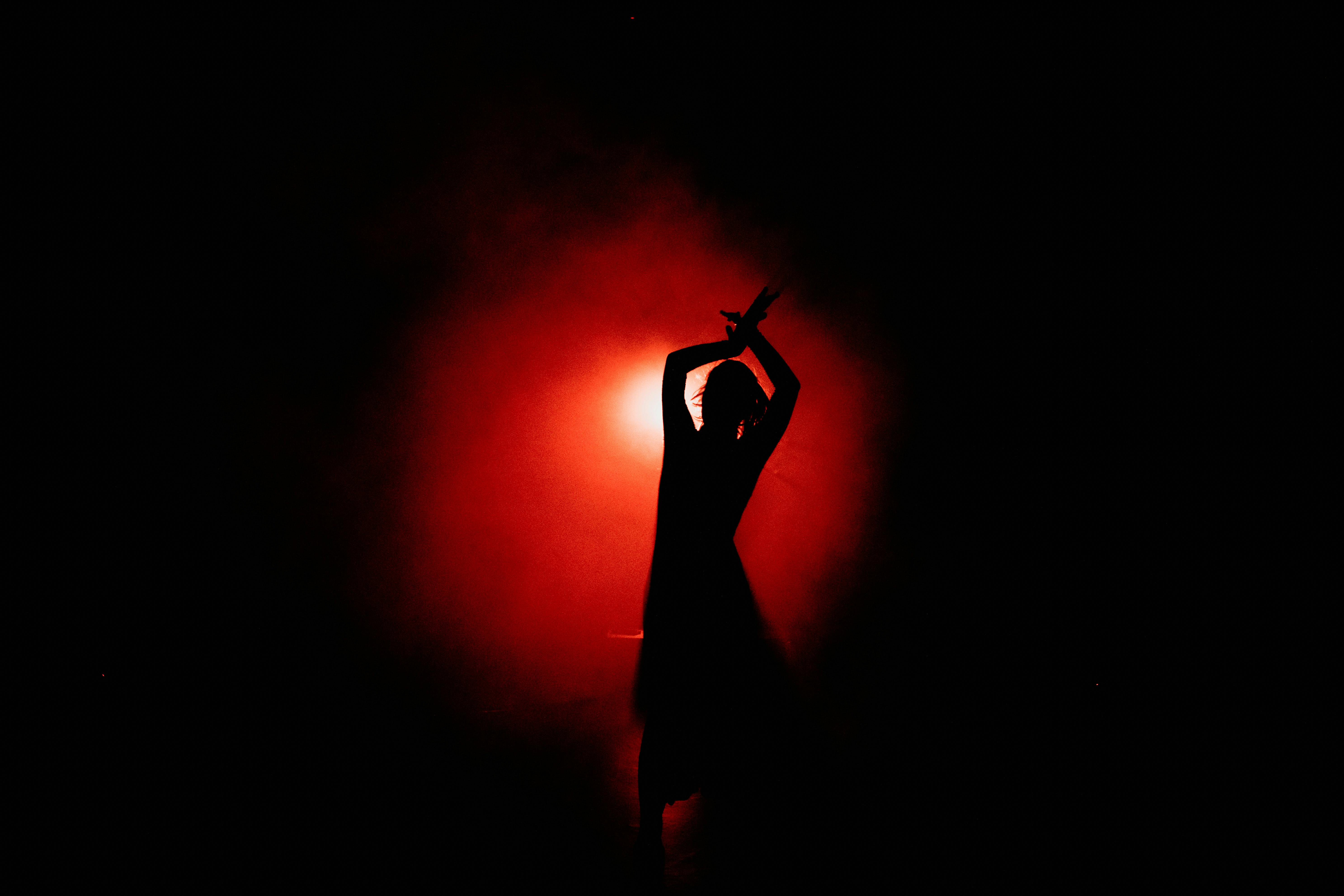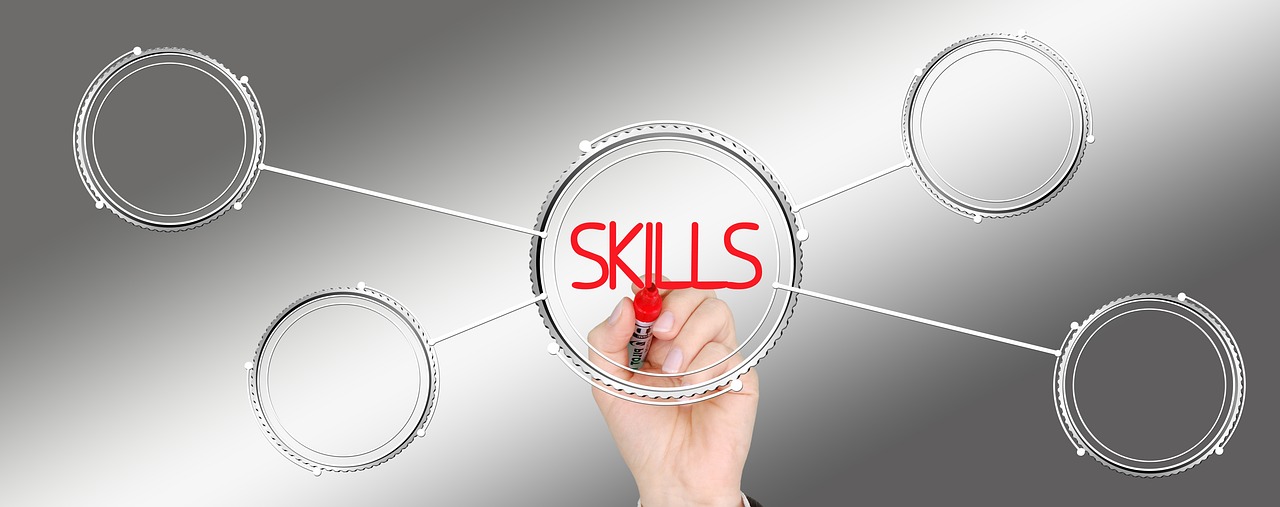"Dancing Shadows: Choreography in Contemporary Film"
As the curtain rises on our discussion, we are spotlighting an underappreciated artistry in cinema: choreography. As film evolves, so does its dance sequences, adding a dimension of storytelling that transcends dialogue. Let's step into the rhythm of the narrative and pirouette through the transformative power of choreography in contemporary film.

A Ballet of Background
Before Fred Astaire and Ginger Rogers’ elegance hit the silver screen, choreography was mainly seen on the vaudeville stages and in Broadway musicals. It was the advent of talking pictures in the late 1920s that brought dance into the cinematic fold, offering a new way to express narratives and emotions. Choreographers such as Busby Berkeley and Hermes Pan were pioneers, their work setting the standard for the lavish dance sequences we associate with Hollywood’s Golden Age.
The Modern Moves
In contemporary cinema, choreography has taken a leap. No longer confined to musicals, dance sequences are now integral to a wide range of genres, from dramas to action movies. The La La Land’s dream-like waltz, the kinetic fight scenes in John Wick, or the expressive contemporary movements in The Shape of Water, all attest to the enduring influence of choreography in modern storytelling.
Impact and Reception
Choreography’s integration into diverse film genres has significantly broadened its impact. Choreographed sequences can heighten a film’s emotional intensity, build character relationships, or even advance the plot without a single line of dialogue. In terms of reception, audiences and critics alike have praised well-crafted dance scenes for their visual spectacle and emotional resonance. Choreography, when done right, can turn good cinema into unforgettable cinema.
A Choreographed Future
As we look towards the future, the role of choreography in film only seems to be expanding. With the rise of technology like virtual reality and motion capture, choreographers are exploring innovative ways to express movement on screen. It is a vibrant era for choreography in cinema, and we eagerly anticipate the new dance narratives yet to unfold.
In Conclusion,
Choreography in contemporary film is much more than a series of steps. It is a language of movement, a tool of storytelling, and an art form that brings rhythm to the visual narrative. As we’ve explored, its journey from the stage to the screen has been one of innovation and evolution, and its future promises further exciting developments. From the Golden Age of Hollywood to the digital age, choreography continues to dance through the frames of cinema, drawing us into the rhythm of stories told in motion.




